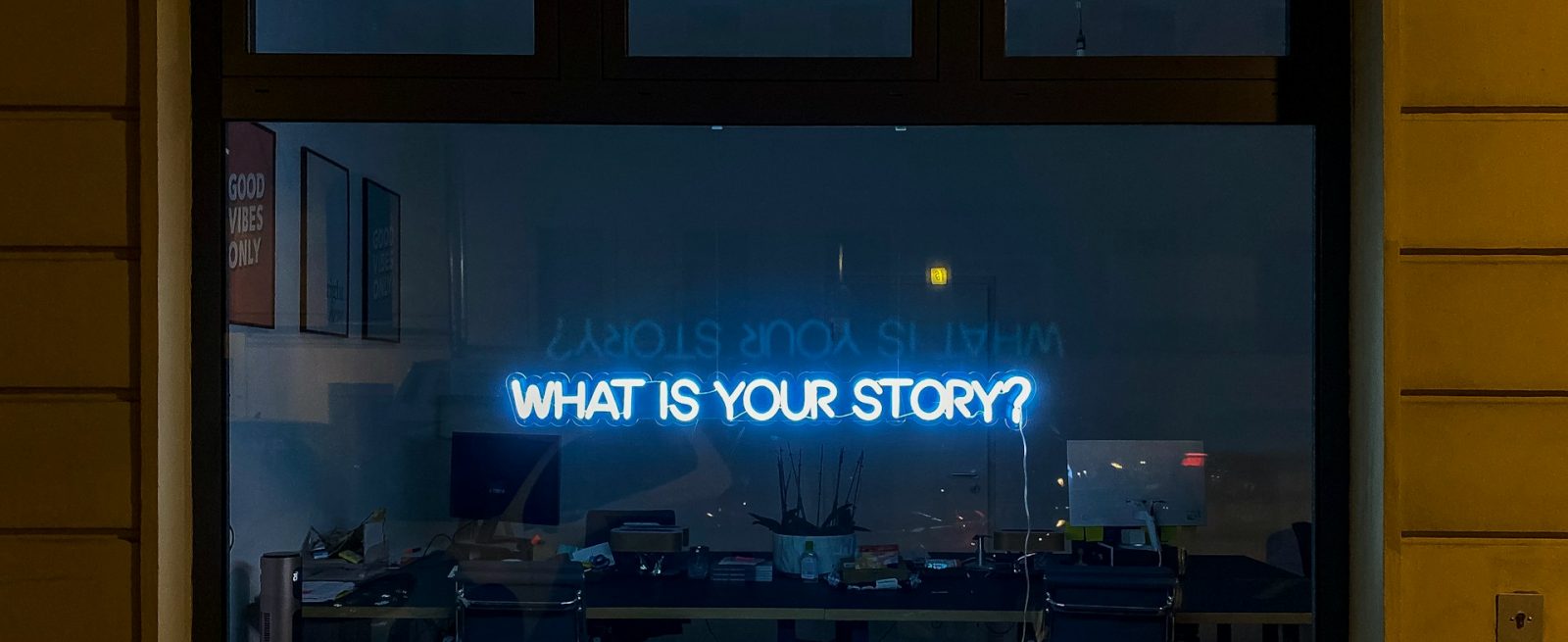Start with Story: How to Lead a Branding Discovery Process That Works
4 Min Read By Eddy Dolan
Too often, branding is treated like a design sprint. People jump straight into color palettes, logos, or decor, assuming that’s where the brand lives. But if that’s where you’re starting, you’ve already skipped the most important part. The most effective restaurant brands don’t begin with design — they begin with story.
The most effective restaurant brands don’t begin with design — they begin with story.
That story is the foundation for everything that follows. For operators preparing to launch a new concept or reimagine an existing one, the discovery phase is where that foundation is built through layered conversations, unexpected insights, and careful listening.
Over the years, I’ve seen that the strongest brands don’t just look good — they feel honest. That clarity comes from doing the work up front. Here’s how to lead a branding discovery process that actually works.
What a Great Discovery Session Looks Like
Discovery begins with a conversation, not a checklist. The first step is getting to know the people behind the concept. Before jumping into design exercises, it’s important to surface the motivations, goals, and values that drive the business on a deeper level.
A combination of structured and open-ended questions can help get there. Try asking:
-
If your brand were a celebrity, who would it be?
-
If this brand had a soundtrack, what would it sound like?
-
What do you want a first-time guest to feel within 10 seconds?
-
What does success look like to you, not financially, but emotionally?
These may sound unorthodox, but they often reveal tone, personality, and purpose in ways data alone can’t. For example, when a founder we worked with compared his brand to Matthew McConaughey, the tone and aesthetic were instantly clear — laid back but refined.
Once those core insights emerge, visual tools like mood boards, naming themes, or “vibe slides” can help test emotional reactions.
Rooting Brand Decisions in Meaning
One of the biggest mistakes we see operators make is confusing how a brand looks with what it actually is. It’s easy to fall in love with the design of a cool restaurant or get swept up in whatever’s trending on Instagram or TikTok. Those visuals might be inspiring, but without a meaningful foundation, they tend to fall flat.
Getting to that foundation means going deeper than surface-level preferences. We often ask clients to tell us about the moment they first knew they wanted to open their restaurant. What were they feeling? Who were they with? What sparked the idea? Those stories usually reveal more than a list of descriptors ever could.
It’s so important to stay grounded in a shared story.
This is where the process can get personal. A name might honor a family member. A logo might be based on a sketch someone’s kid drew. These ideas matter, but they don’t always align with what the brand actually needs to communicate. When that kind of idea surfaces, it helps to listen for what’s underneath the suggestion. Is it about family? Legacy? A sense of humor or playfulness?
Once we understand the feeling behind the idea, we can often find a better way to express it — one that captures the same emotional truth, but aligns more clearly with the brand.
And when there are multiple stakeholders — partners, family members, investors — differing opinions are part of the process. That’s why it’s so important to stay grounded in a shared story. Presenting a few directions and giving people space to react helps avoid rushed decisions, keeps the conversation productive, and results in a thoughtful collaboration.
Turning Insight into Action
Once the story is clear and emotional alignment is in place, the next step is turning that insight into a cohesive brand. This “brand definition” phase involves translating ideas and values into clear, visual, and verbal elements that guide everything moving forward.
A strong brand definition phase includes:
As guest expectations continue to evolve and trends move quickly, the brands that endure will be the ones that stay rooted in their identity while staying adaptable to change.
-
A positioning framework that articulates the story and market fit
-
Naming concepts or themes aligned with the brand’s tone and personality
-
Mood boards and “vibe” presentations to test alignment
-
A complete brand book with logo usage, typography, color palettes, and visual guidelines
For early collaboration, accessible tools like Pinterest can be incredibly effective. Shared boards allow clients and designers to react to visuals intuitively, even when they don’t speak in formal design language.
It’s also important to bring the brand to life in real-world contexts like menus, uniforms, and signage, making it easier for the team to see how it actually works, not just how it looks on a screen.
Internally, creative teams benefit from inspiration habits, like weekly design reviews and spontaneous brainstorms, to test out ideas and make sure they still resonate.
Building Lasting Brands in a Fast-Changing World
Discovery is becoming more dynamic. Tools powered by AI are starting to streamline early steps in the process, from generating mood boards based on conversation transcripts to surfacing patterns across stakeholder feedback. These innovations can increase efficiency, but they can’t replace what makes the process work: human connection.
The most meaningful insights still come from dialogue. They come from asking unusual questions, creating space for honest stories, and being willing to sit with the messy, emotional parts of building a brand.
As guest expectations continue to evolve and trends move quickly, the brands that endure will be the ones that stay rooted in their identity while staying adaptable to change. That kind of foundation doesn’t come from skipping ahead. It comes from investing in discovery and being willing to slow down before speeding up.

